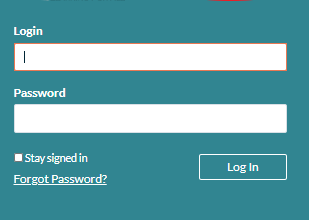Bridging the Gap: How Human-Centric Outreach Enhances Cybersecurity Awareness

Introduction
Cybersecurity threats continue to evolve. While businesses invest in advanced tools to protect their networks, many still overlook one of the most vulnerable links in the chain — the human element. Training employees and stakeholders about cybersecurity risks is critical, but how this information is delivered makes all the difference.
Blending digital education with human outreach methods can strengthen awareness programs. One powerful but underused strategy is direct outreach — especially over the phone. Let’s explore how this traditional method fits into today’s cybersecurity environment.
The Human Element in Cybersecurity
Cyberattacks often succeed because people are unaware or unprepared. Teaching cybersecurity best practices helps, but emails and webinars alone don’t always stick. That’s where human engagement becomes valuable.
Why people-centered communication works
- It creates trust and connection
- It allows for real-time feedback and questions
- It feels more personal than automated emails
Using Direct Outreach to Improve Cyber Awareness1. Phone Calls for Training Reminders
Phone calls can be used to remind team members to complete cybersecurity training or review policy updates. A quick, friendly call can boost compliance more effectively than an overlooked email.
2. Voice-Based Surveys
Instead of digital surveys, phone-based feedback can uncover gaps in understanding. Talking to people directly often reveals insights missed in written responses.
3. Targeted Awareness Campaigns
In high-risk departments, direct outreach helps reinforce policies and alert employees about current threats, such as phishing or ransomware scams. These personalized interactions can be tailored to the team’s specific role and risk level.
How Outreach Supports Cybersecurity Teams
While IT teams build firewalls and monitor networks, awareness is everyone’s job. Human outreach supports the mission of cybersecurity teams by making sure policies and training actually reach — and stick with — the people they’re meant for.
1. Clearer Communication
Some employees may ignore emails or misinterpret technical language. A simple phone call or voice message can clarify what action they need to take — and why it matters.
2. Reinforcing Urgency
Hearing a real voice can help people understand the seriousness of a threat. This emotional connection can motivate faster, more thoughtful responses.
3. Encouraging Accountability
When someone speaks directly with an employee, it adds a personal layer of responsibility. This makes it more likely they’ll follow through on tasks like changing passwords or reporting suspicious activity.
Conclusion
Cybersecurity awareness is not just about tools and policies — it’s about people. Personal outreach methods can be a powerful addition to any cyber education program. By making conversations part of your awareness strategy, you help information stick and reduce the risk of human error.
Organizations looking to build stronger communication strategies can benefit from partnering with Telemarketing Service Companies that understand how to engage people in meaningful, effective ways — including when it comes to cybersecurity.




